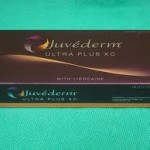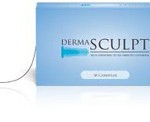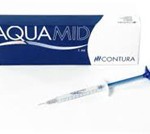While the nation’s economy has deflated over the past few years and continues to stagger without any obvious improvement, certain types of cosmetic treatments has not. To no surprise, cosmetic surgery may be down but less costly in-office procedures have increased as a result. (or maybe as a substitute for some) The array of injectable fillers has changed since the first introduction of the new hyaluronic-acid based filler in 2002. (Restylane) The following is some of the highlights and trends of the past few years in this area.
The number of commercially-available injectable fillers remains in a near constant state of flux. Evolence, a pig-derived collagen based filler, was unexpectedly and without explanation withdrawn from the market in late 2009. At the end of this year some old familiar fillers will be retired. This include the bovine and human-derived fillers of Zyderm, Zyplast, CosmoDerm and Cosmoplast. Zyderm and Zyplast were the original injectable fillers introduced way back in 1981 and shouldered the market alone until 2002. Their animal derivation, short duration of persistence by today’s standards, and a higher incidence of allergic reaction will relegate them shortly to of historical significance only.



The missing piece in injectable fillers is one that can consistently last a much longer time than any of the existing hyaluronic-acid based fillers. One such potential filler is Aquamid which is currently under FDA evaluation. Composed of hydrogel particles which integrates into the skin and does not dissolve over time, its potential for longer lasting effects is promising. Whether such prolongation of volume persistence is associated with any increased tissue reactions remains to be seen.
More advancements and innovations have taken place in injectable fillers in the past five years than in the twenty years preceding it. Plastic surgeons and patients alike anxiously await what the next five years will bring as injectable fillers become more reliable and easier for patients to receive their cosmetic benefits.
Dr. Barry Eppley
Indianapolis, Indiana


